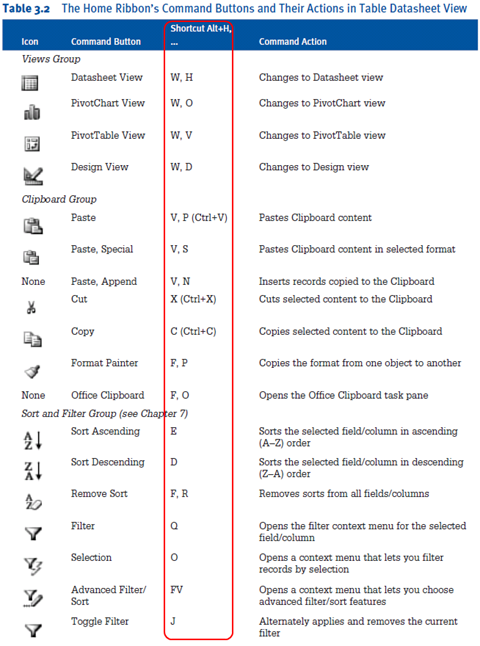Brian Egler posted his Top Ten Scrooge List for SQL Server – “Polar Express” version to NetworkWorld’s Back to Microsoft Subnet on 12/20/2010:
Last year, I listed my first annual "Top Ten Scrooge list for SQL Server". In the spirit of the season, I started thinking about those features that Microsoft charges top-dollar for with SQL Server 2008 Enterprise Edition that really should be included in the other editions.
Well, now I know Bill Gates does not read my blog because only two of the items have been moved off the list. Let’s take a look at last year’s list and how they stack up today with SQL Server 2008 R2…
1. Data Compression - still Enterprise :(
2. Data Driven Subscriptions - still Enterprise :(
3. Database Snapshots - still Enterprise :(
4. Backup Compression - now Standard Edition! :)
5. Transparent Data Encryption - still Enterprise :(
6. Peer to Peer Replication - still Enterprise :(
7. Distributed Partitioned Views - still Enterprise :(
8. Fuzzy Lookups in Integration Services - still Enterprise :(
9. Scale-Out Reporting Services - still Enterprise :(
10. Infinite Clickthrough in Report Builder - now Standard Edition! :)
OK, in the spirit of the season, this year, instead of listing features in the higher editions that should be in the lower editions, I’ll list the features that are in the Express edition that we are lucky to have for FREE. Scrooge would certainly approve of the price if he were paying…
Here’s my 2010 “Top Ten Scrooge List for SQL Server – Polar Express version” [with emphasis added]
1. An Express Database can be up to 10GB now (up from 4GB)
2. FILESTREAM Data is supported and does NOT count against the 10GB max
3. Database Mirroring Witness can be Express
4. SQL Server Import Export Wizard included
5. Change Tracking supported in Express
6. Column level Data Encryption included
7. Logon Triggers supported
8. Policy Based Management supported
9. Powershell support
10. Reporting Services in Express with Advanced Services edition (still FREE!)I guess the glass is half-full after all. Let’s be thankful for that this holiday season.
Happy Holidays!
Brian.PS Here's a nice festive B-Tree with a Heap of presents! http://xkcd.com/835/
(Thanks to my students at www.rim.com)
I’m still waiting for the SQL Azure team to enable Transparent Data Encryption (TDE) and Full-Text Search (FTS) in SQL Azure.


![image[15] image[15]](http://lh5.ggpht.com/_GdO7DQgAn3w/TQf-tsXvNpI/AAAAAAAAHNk/IQAMidy547s/image%5B15%5D_thumb%5B1%5D.png?imgmax=800)